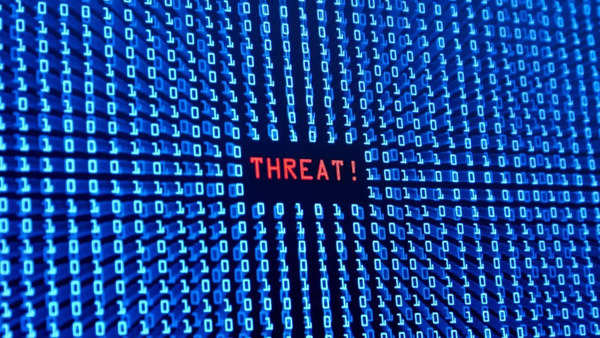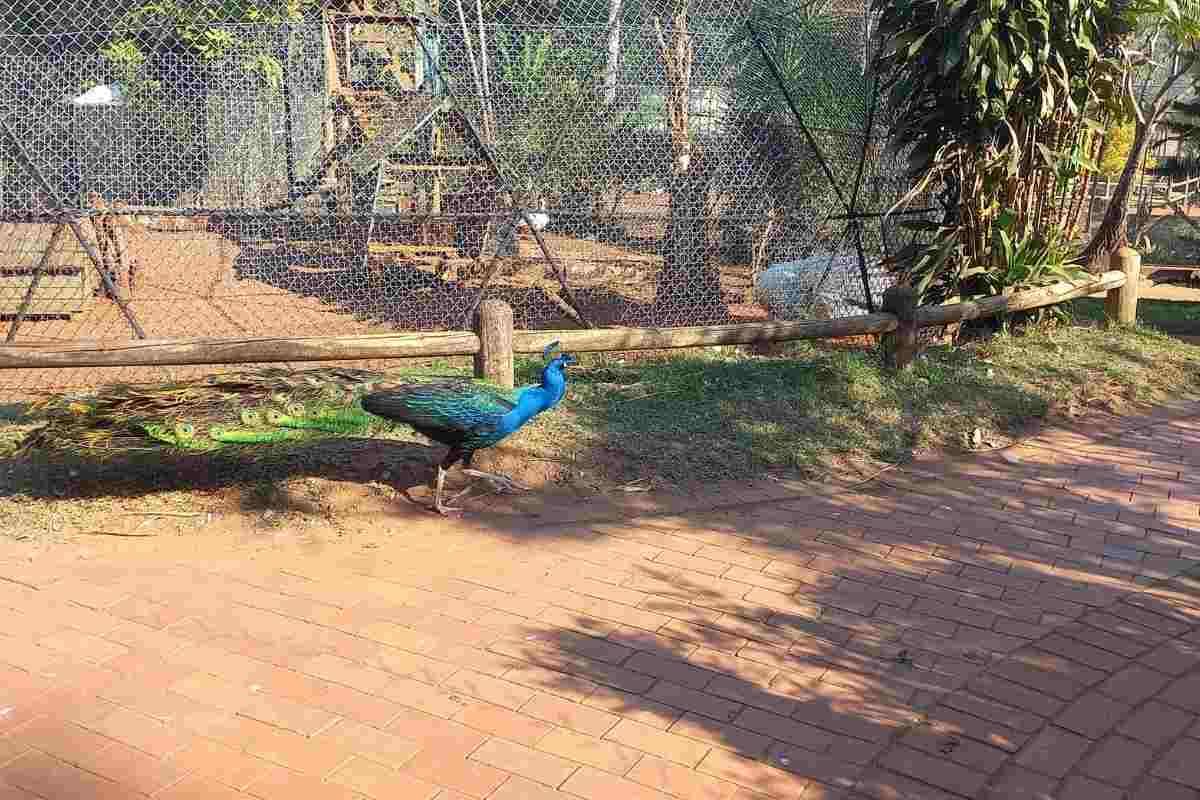But while Adolescence sheds light on these dangers, the problem goes beyond one show—police and drug enforcement agencies have flagged even more emojis being used to discuss and sell illegal drugs.

Authorities have identified a troubling trend: emojis are being used in coded conversations about drugs. According to reports from Surrey Police and the DEA, certain symbols have been linked to illegal substances. These aren’t just random choices—many of them reference the street names of popular drugs, making it harder for parents and even law enforcement to catch on.
Here are some of the most concerning emoji codes being used today:
❄️ Snowflake / ⛄ Snowman – Cocaine, commonly referred to as “snow.”
👽 Alien / ☠️ Skull / 👺 Demon Mask – MDMA (Ecstasy or “Molly”).
🍁 Maple Leaf / 🌳 Tree / 🍀 Four-Leaf Clover – Marijuana and cannabis products.
🎂 Cake / 🍦 Ice Cream / 🍋 Lemon / 🍒 Cherries – Edibles or cannabis-infused products.
🐟 Fish / 🐡 Blowfish – Cocaine, referencing its street name “blow.”
🔌 Plug – A drug dealer (someone who can “hook you up”).
What parents can do to protect their kids
There are steps parents can take to stay informed and protect their kids from falling into dangerous online spaces.
1. Stay informed
2. Talk to the kids
While keeping a healthy check on their activities is necessary, it might be more helpful if parents create an environment for their kids where they feel safe to talk about things. Parents can always ask their children about what platform they are active on, which will not only prompt conversations but will also help in maintaining surveillance.
3. Set digital boundaries
Use parental controls on devices and social media apps to restrict access to potentially harmful content. Apple’s Screen Time and Google’s Family Link allow parents to set limits on app usage and filter explicit material.
4. Understand their online world
Social media is ever evolving, with trends changing every hour. It is important for a parent in the digital age to learn about new apps, trends and famous apps so that they can spot danger easily.
5. Encourage critical thinking














